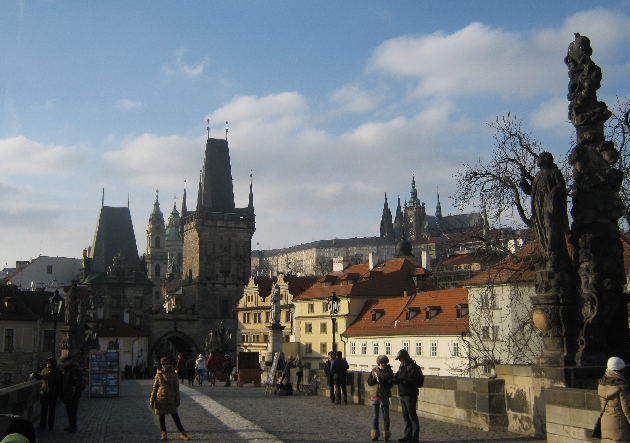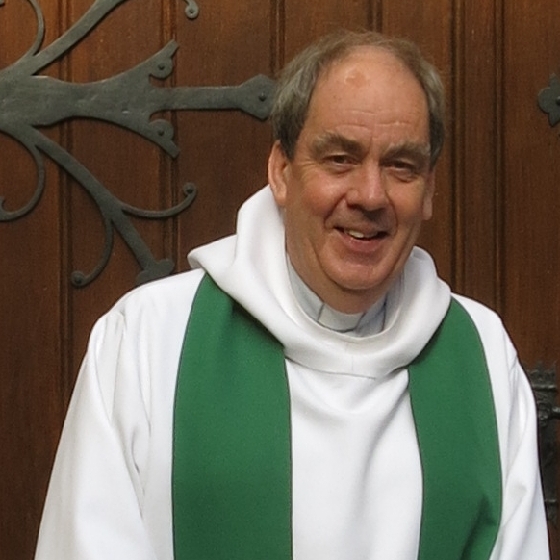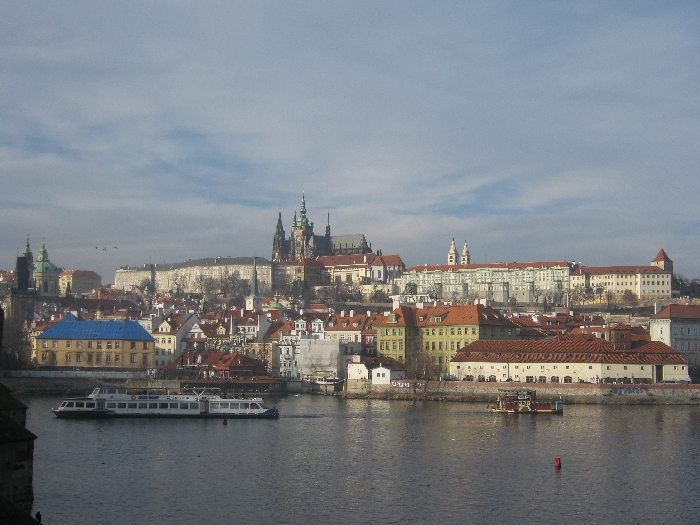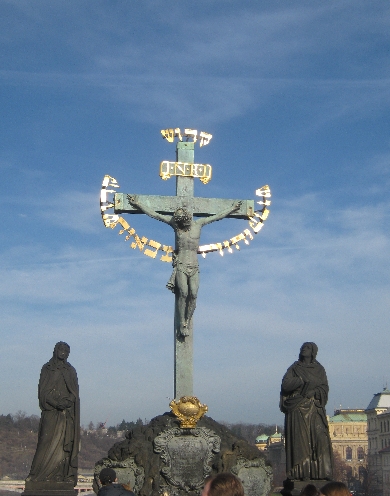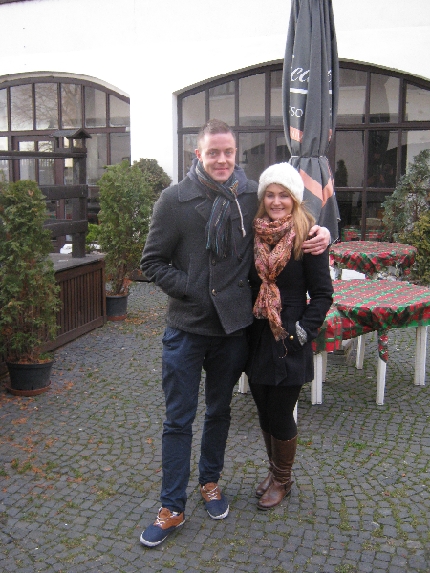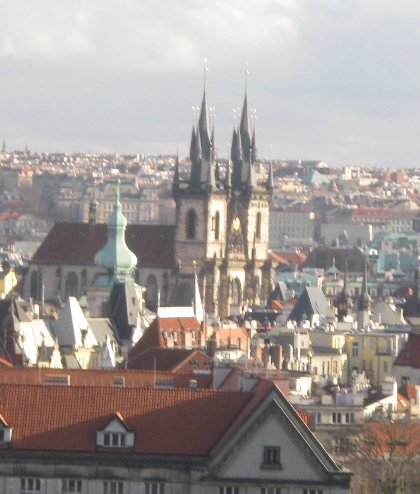
This is a question which I get asked from time-to-time, and in various forms, is one many of my congregation also get asked by their family and friends. So for anyone contemplating a visit to the delightful city of Prague, or thinking of coming to live in the Czech Republic in the near future, here is my answer to this question.
There is an inevitable tendency to think that where I normally live is safe, and to question the safety of anywhere else. This comes about because of familiarity – I am familiar with where I live and therefore I think it is a safe place. The worst offenders in this regard are Americans, partly because roughly two thirds of the American population, have never set foot outside the borders of their own country.
The reality is, that of all the nations in the developed Western world, the United States of America is actually one of the least safest places to live. It has one of the highest murder rates per head of population – 4.7 per 100,000. Compare this to the United Kingdom, where the rate is 1.2 per 100,000. And the Czech Republic? The most recent figures from 2012, show a murder rate of 0.8 per 100,000. So in simple terms, there is the answer to the question in the title of this post.
As in any major city, there is a certain risk of petty theft which any visitor or resident needs to be aware of. This usually takes the form of pickpocketing in busy places, such as Charles Bridge on a sunny summer’s day, or in crowded tram and metro carriages. Simple precautions, such as making sure your handbag or rucksack is closed properly, and not putting your wallet in your back trouser pocket where a thief can easily access it, are the best ways to avoid becoming a victim of this sort of crime.
Petty theft used to be a far bigger problem in Prague some years ago, than it is now. Because petty theft was giving the city a bad reputation, there was a major police effort to crack down on it, before it caused further damage to the important tourist trade. The effects of this is born out by my own experience which I do accept may not be statistically accurate 🙂
I have now lived in Prague for nearly five-and-a-half years. During the first eighteen months of my time here, two members of my congregation were victims of petty theft. One had her shoulder bag slashed whilst on a crowded tram, and various bank and credit cards stolen. The other had her mobile phone taken from her pocket whilst travelling in a crowded metro carriage. Since then, I’m only aware of one other congregational member who has suffered in this way – another female who had her iPhone stolen, though she admits she was rather careless with it.
One other way in which tourists can become victims of street crime, is to respond to shady individuals in the streets, who offer to ‘change money’ for you. Just ignore them and instead use a bank. Or draw Czech currency from an ATM using your bank debit card. You will get a far better exchange rate, without the risk of having your wallet snatched or being given counterfeit notes.
Quite honestly, the greatest risk to life and limb in Prague, are trams and motor vehicles. In simple terms, do not have an argument with a Prague tram – you will always lose! Except where a pedestrian crossing is controlled by lights, trams to do NOT stop for pedestrians. That is the reason the words ‘Pozor Tram‘, are painted on the tarmac before crossing tram lines!
Officially, all motor vehicles are meant to stop and give way to pedestrians at zebra crossings. Unfortunately, there are a proportion of Czech drivers who either ignore this law or believe that their urgency to reach their destination, is vastly more important than your right to cross the road in safety. Just be aware of this and exercise your right of way with caution.
Even late at night, Prague is a very safe city. I know from personal experience that I would much prefer to travel on the Prague Metro late at night, than on the London Underground. Several other people that I know, have expressed similar sentiments. Of course, there are a few areas of the city which are best avoided late at night, in particular, several streets off Václavské námestí / Wenceslas Square. This is where certain of the more unsavoury aspects of city life can be seen, and young ladies are best advised not to walk through there wearing short skirts, or there is the risk of being mistaken for what they are not!
However, with that one proviso, and by taking simple precautions against petty theft, Prague is a very safe city both to visit and in which to reside. A place with far less dangers than many other cities in the developed Western world.

